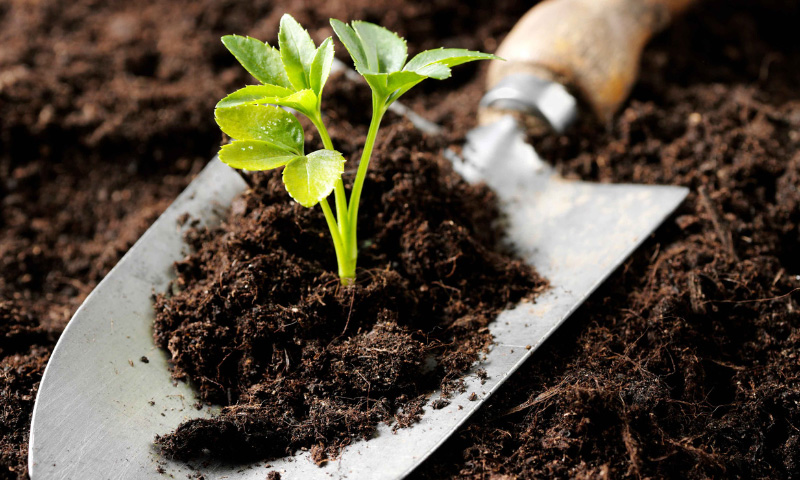How many nutrients are part of your fertiliser program? Trace elements are often deficient. Each year we see hundreds of soil tests and a high percentage of these soils reveal below optimal levels of trace elements with zinc, copper, manganese and boron usually the main offenders.
As the name suggests, trace elements are only required in small quantities but can be the weak link in your soil nutrition. They are essential for plant, crop and pastures to be able to complete their life cycles. All elements are essential, the only difference is the quantity in which plants require them, and the same applies to livestock nutrition.
It’s not just the importance of the direct role each trace element plays, it is also the impact of the interactions that each trace element has with other nutrients. They are involved in many different chemical reactions and functions in both the soil and plant, and their relationships are equally critical in livestock as well.
zinc, boron, copper, molybdenum, iron, manganese, chloride, cobalt and sodium are the essential trace elements. copper directly affects nitrogen uptake and boron and calcium impact on each other. Molybdenum is necessary for nitrogen metabolism and nodulation in legumes.
Similarly, trace elements play a vital role in the utilisation of phosphorus.
“Maximum response will not be obtained from an applied phosphatic fertiliser, whether water-soluble or water-insoluble, unless adequate quantities of the other plant nutrients, including the secondary and trace elements, are present.” Incitec Fertilizer Handbook, 1990.
So don’t forget to consider trace elements. Top dressing pastures with trace elements can have huge benefits for pasture quality, legume content and for the livestock grazing these pastures.
Lucerne, peanut and soybean growers are seeing the benefits of minerals and trace elements in their program. Apply pre-plant for legume crops and top dress Lucerne on an annual basis (higher rates for irrigated Lucerne).
